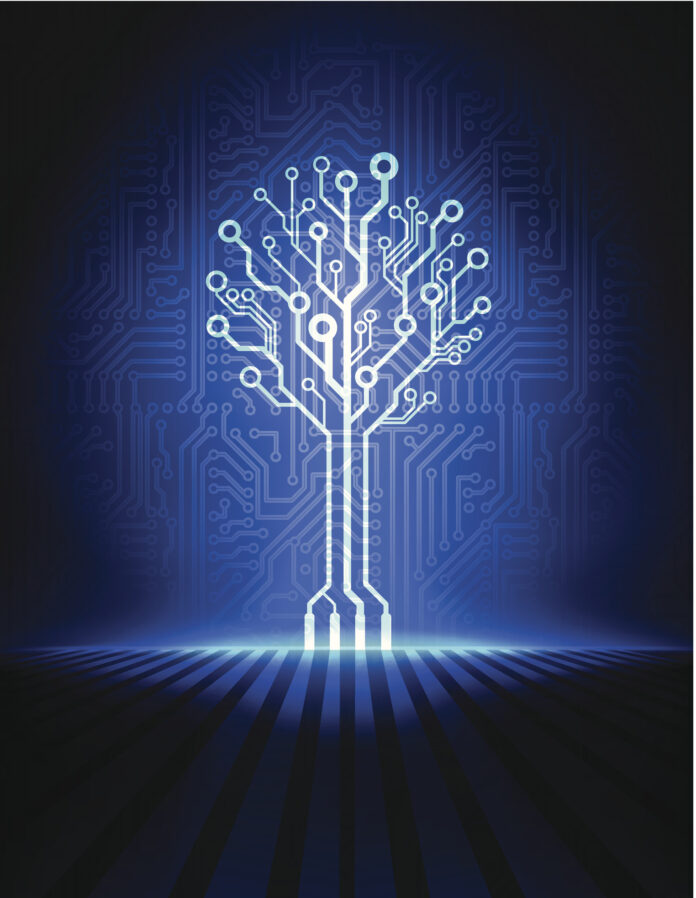Funds Europe talks to Calastone’s Varun Atre about the role of new technology in helping to automate the more complex parts of the funds processing chain.
Earlier this year, Funds Europe and Calastone partnered for a global survey on automation rates in the funds industry. The findings have been well covered in the magazine but chief among them are:
• Despite the progress made in the last 20-plus years, there are still several areas where more work needs to be done; and
• The drivers for automation have changed from cost reduction to client service and enabling growth.
For Varun Atre, chief product officer at Calastone, the findings suggest that there are still several opportunities to promote automation in the finds industry.
“The drive to promote automation has been underway for quite some time now and the low-hanging fruit has been largely picked,” says Atre. For example, order routing and subscriptions have high levels of automation, especially in the more mature European markets.
However, other processes such as trade settlement and fund transfers still have low rates of automation. “That is where there is lots of opportunity because many firms are still using point-to-point networks instead of networks like Calastone,” says Atre.
The network effect has been central to Calastone’s success. The company connects the world’s largest community of funds with more than 3,500 clients, in excess of 33,000 trading links and funds across 54 countries.
However, the opportunities are not without challenges. After the low-hanging fruit, the remaining processes and geographies where manual processes still persist are more specific, less standardised, with less scale and greater complexity.
But macro-economic conditions and the advancement of new technology mean there is both the economic and business case to adopt automation, plus the tools to make this adoption easier.
Atre points to two such examples where automation is needed. “In Sweden, the transfers process is heavily manual and the cost of that inefficiency has been shifted to the transfer agents. However, in the current operating environment and macro-economic conditions, one wonders how long the TAs will continue to bear this burden,” he says.
In Taiwan, there are processes such as fees and charges calculations that are heavily manual because of all the specific rules around exit policies. In the past, the scale has not been there to justify the investment in automation.
The lack of automation has also infringed on fund managers’ ability to enter new markets or offer new assets classes to investors. For example, in Taiwan, the ‘B-Shares’ equity market is not covered in many fund managers’ offerings to investors.
“The technology stacks of the asset managers are too old, with outdated systems built on top of each other. And transfer agents have been forced to turn to manual processes to deal with these assets,” says Atre.
“That has always been the case – new products cannot always be automated because you need either scale or standardisation or both. At Calastone, we believe that tech should be able to solve these issues,” says Atre.
Legacy systems and cost
The obstacles to technology adoption have always been legacy systems and cost. As the market grapples with challenging macro-economic conditions, the cost issue is to the fore. But no company ever cut its way to greatness and many firms are prepared to invest in technology if it will enable them to enter lucrative new markets or develop new products demanded by investors.
This means moving away from monolithic tech stacks and adopting a modular and digital operating platform with event-driven microservices and application programming interfaces (APIs). “Achieving more automation and efficiency will always be a challenge until firms adopt a modular approach to their tech stack and underlying architecture,” says Atre.
One technology that will be pivotal in this change will be distributed ledger technology (DLT). Up to now, the technology has been termed as a solution looking for a problem. However, the problem of the need to dramatically reduce the cost and inefficiency of the funds processing chain, is front and centre right now.
The last time that cost-cutting and operational efficiency was so to the fore was in the wake of the 2008 financial crisis. The difference now though is the available technology, such as DLT and the cloud. “Technology is a lot more scalable now and it means firms are not committing to fixed technology costs,” says Atre. “The cloud and those properties underpin a lot of our products and services.”
In December 2021, Calastone signed a partnership agreement with Microsoft which saw the two firms collaborate on the use of cloud and distributed ledger technology (DLT) to bring more market efficiency to the global funds industry.
“It is about developing an operating model where you don’t have to trigger manual processes every time a new product or instrument or asset class is involved,” says Atre.
But where will technology like DLT make its impact now and in the future? Tokenisation is viewed as the so-called ‘killer app’ for the blockchain and its most coherent use case. It also has the potential benefit of providing liquidity to illiquid assets and making them accessible to a wider range of investors.
And the use of a digital ledger creates the opportunity to address things like settlement and reconciliation and to collapse all of the various back-office processes into one trusted source of truth.
“The value chain in the funds industry has remained largely the same over several years. Now we have an opportunity to ‘lift and shift’ that to an entirely digital environment,” says Atre.
“It can be done now but it will require more adoption of DLT,” says Atre. “Otherwise, it would be like owning the world’s first telephone.”
© 2022 funds europe





